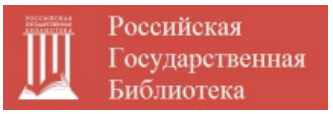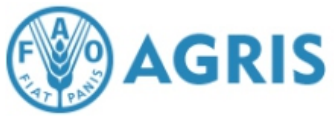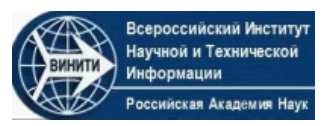Analysis of the chemical composition of grain of white grain corn hybrids bred by the Federal State Budgetary Institution All-Russian Research Institute of Corn
L.A. Galgovskaya, O.V. Terkina, A.N. Romanova
Upload the full text
Abstract. At the Federal State Budgetary Institution All-Russian Research Institute of Corn, breeding work is being carried out to create promising white-grain corn hybrids with an improved chemical composition of the grain. The article presents the results of studies of white grain corn hybrids bred by the All-Russian Research Institute of Corn on the chemical composition of the grain: protein, oil, starch. Samples of white grain corn hybrids of different ripeness groups were studied – 11 mid-early and 6 mid-ripening, including standards. As a result of the research, it was noted that the grain of white corn hybrids is characterized by a high starch content. 75 % of mid-early white-grain hybrids contain 68.5–72.1 % of starch. In terms of protein content in grain, only 8 % of the total number of hybrids studied are worthy of attention. Almost all experimental hybrids had an average oil content of 4.2–5.1 %. Hybrids of the mid-ripening ripeness group were distinguished by a high starch content of 68.7–72.9 % and a low protein level. The number of hybrids with an average oil content of 4.2–5.1 % amounted to 83 % of the total number of hybrids. Data analysis made it possible to identify the best experimental hybrids that combine high yields with high starch content. The mid-early hybrid 280–11 contains 72.1 % starch and the mid-season 278–153 – 72.9 % with a yield of 7–8 t/ha. Promising white grain corn hybrids with increased content of basic nutritional nutrients have been identified.
Keywords: grain, white grain corn hybrids, chemical composition, protein, oil, starch
For citation. Galgovskaya L.A., Terkina O.V., Romanova A.N. Analysis of the chemical composition of grain of white grain corn hybrids bred by the Federal State Budgetary Institution All-Russian Research Institute of Corn. News of the Kabardino-Balkarian Scientific Center of RAS. 2024. Vol. 26. No. 2. Pp. 64–71. DOI: 10.35330/1991-6639-2024-26-2-64-71










